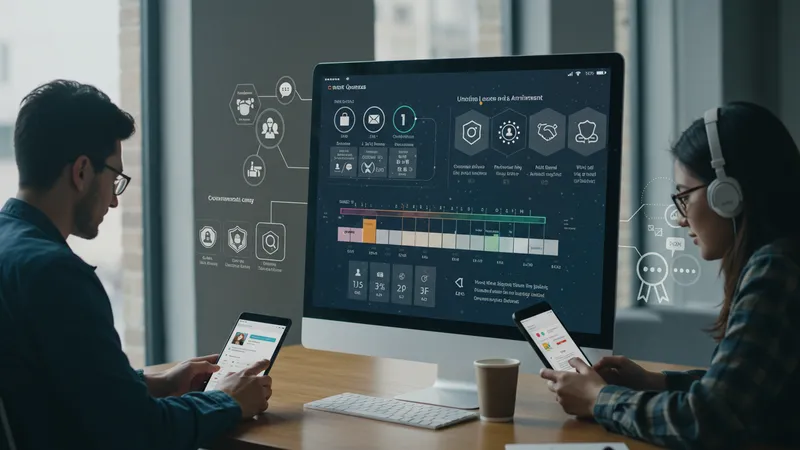
Online Education: Flexible Learning For The Modern World
Technology, Support, and Engagement in Online Learning Platforms
Technology lies at the heart of successful online education experiences. Platforms such as Coursera and edX employ interactive dashboards, AI-driven tutor assistance, and mobile-friendly interfaces, ensuring students can access their courses seamlessly across devices. Engaging features like gamified quizzes, achievement badges, and adaptive timelines elevate motivation, particularly for self-directed learners.

Student support is a crucial differentiator among platforms. Coursera and edX typically provide access to teaching assistants, live chat help, and extensive resource libraries. Udemy, while more course-author driven, includes question-and-answer boards where students communicate directly with instructors. These systems enhance the sense of inclusion and help address learning gaps quickly, even with physical distance between students and faculty.
The rise of synchronous virtual classrooms—real-time webinars or group discussions—is another important development. These experiences replicate traditional classroom dynamics while offering flexibility. Participation in live sessions can boost accountability and foster deeper community connections. For those who prefer self-paced study, asynchronous content is still available to ensure that everyone finds a rhythm that suits them.
Engagement analytics, now standard on major platforms, help students monitor their progress. Visual dashboards track quiz scores, assignment submissions, and forum contributions. Personalized feedback and automated reminders further reinforce learning, providing encouragement and targeted support at every stage.